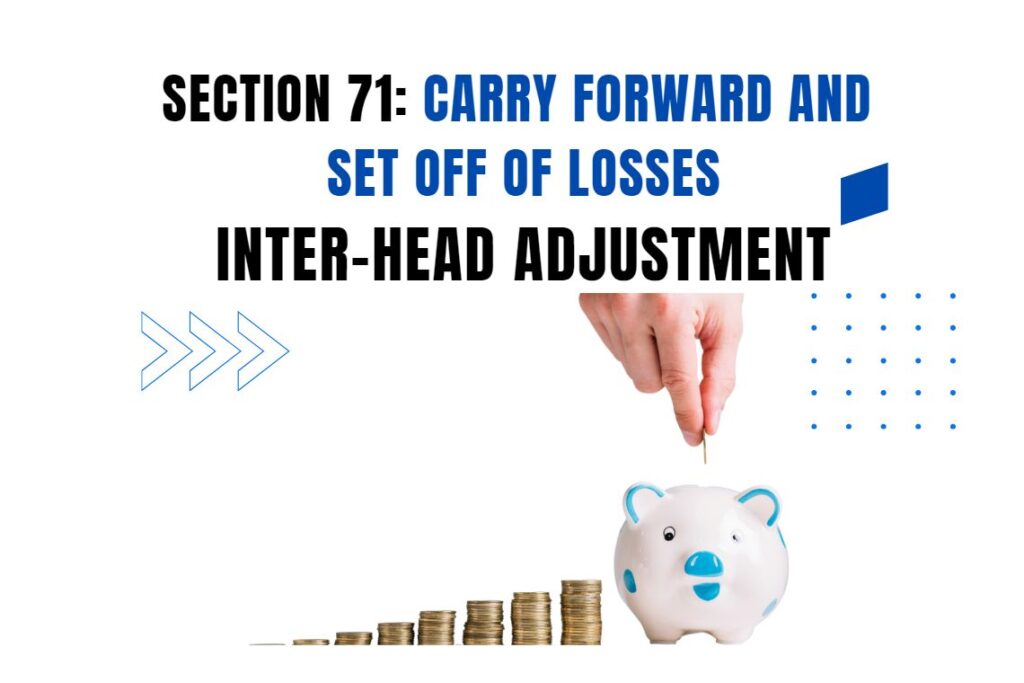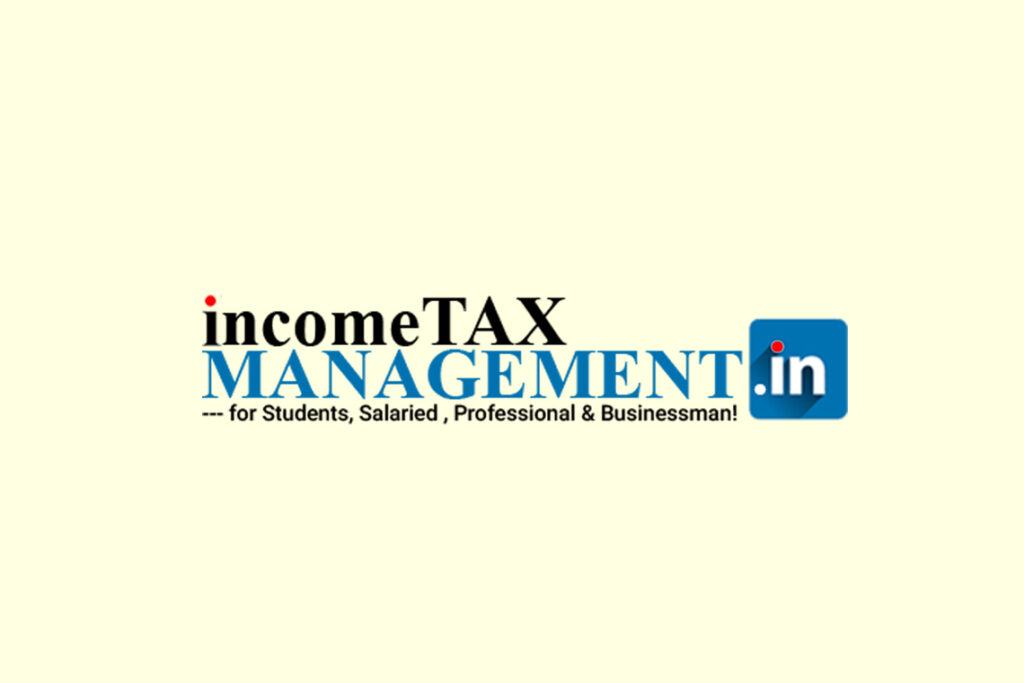Under the Income Tax Act, brought forward losses must be set off against eligible income in the immediately succeeding years, subject to specific conditions. Here’s a structured breakdown:
1. Legal Requirement for Set-Off
- Section 72(1)(Business Losses) & Section 74 (Capital Losses) mandate that carried-forward losses must be adjusted at the first opportunity in subsequent years.
- No voluntary deferralis permitted—taxpayers cannot choose to skip set-off in a profitable year to carry losses further.
Exception:
- If there is no eligible incomein a particular year, losses continue to be carried forward within their respective time limits.
2. Order of Set-Off for Brought Forward Losses
When multiple losses are carried forward, the order of adjustment is strictly prescribed:
- First, adjust current-year depreciation(if any).
- Then, set off unabsorbed business losses(Section 72).
- Next, adjust unabsorbed depreciation(Section 32(2)).
- Finally, capital losses(STCL before LTCL, per Section 74).
Example:
- Brought forward business loss: ₹5 lakh
- Current-year business profit: ₹4 lakh
- Mandatory set-off: Full ₹4 lakh adjusted → Remaining loss: ₹1 lakh (carried forward).
3. Consequences of Not Setting Off Losses
- Legal violation: The Income Tax Department may disallow carry-forwardif losses are not adjusted when eligible income exists.
- Loss lapse: If not utilized within the permitted time frame (e.g., 8 years for business losses), the benefit is permanently lost.
- Case Law Support:
- CIT vs. Mother India Refrigeration Industries (1985): Courts have upheld that losses must be set offwhen possible and cannot be arbitrarily deferred.
4. Exceptions Where Set-Off is Not Required
- No eligible income: If the taxpayer has no profits under the relevant head (e.g., no business income to absorb business losses).
- Specific restrictions:
-
- Speculative losses (Section 73) can onlybe set off against speculative profits.
- Race horse losses (Section 74A) require matching income from the same activity.
5. Practical Implications
A. For Businesses
- Plan cash flowsto ensure losses are absorbed when profits arise.
- Maintain recordsof brought-forward losses and their utilization.
B. For Capital Gains
- STCL must be used before LTCL.
- Example:
- Brought forward STCL: ₹2 lakh
- Current-year LTCG: ₹3 lakh
- Cannotskip STCL—must first set off ₹2 lakh STCL (if STCG is unavailable), then remaining ₹1 lakh LTCG is taxable.
6. Comparison Across Loss Types
| LOSS TYPE | MUST SET OFF NEXT YEAR? | CARRY FORWARD PERIOD |
| Business (Sec 72) | Yes | 8 years |
| Speculative (Sec 73) | Yes (against speculative profits only) | 4 years |
| Capital (Sec 74) | Yes (STCL first) | 8 years |
| House Property (Sec 71B) | Yes (against HP income) | 8 years |
| Race Horses (Sec 74A) | Yes (against race horse income only) | 4 years |
7. Key Takeaways
✅ Mandatory utilization: Brought forward losses must be set off when eligible income exists.
✅ Chronological order: Oldest losses are adjusted first (FIFO method).
⚠️ No cherry-picking: Taxpayers cannot selectively carry forward losses while ignoring available profits.
📅 Time-bound: Unused losses lapse after expiry (4–8 years, depending on type).






